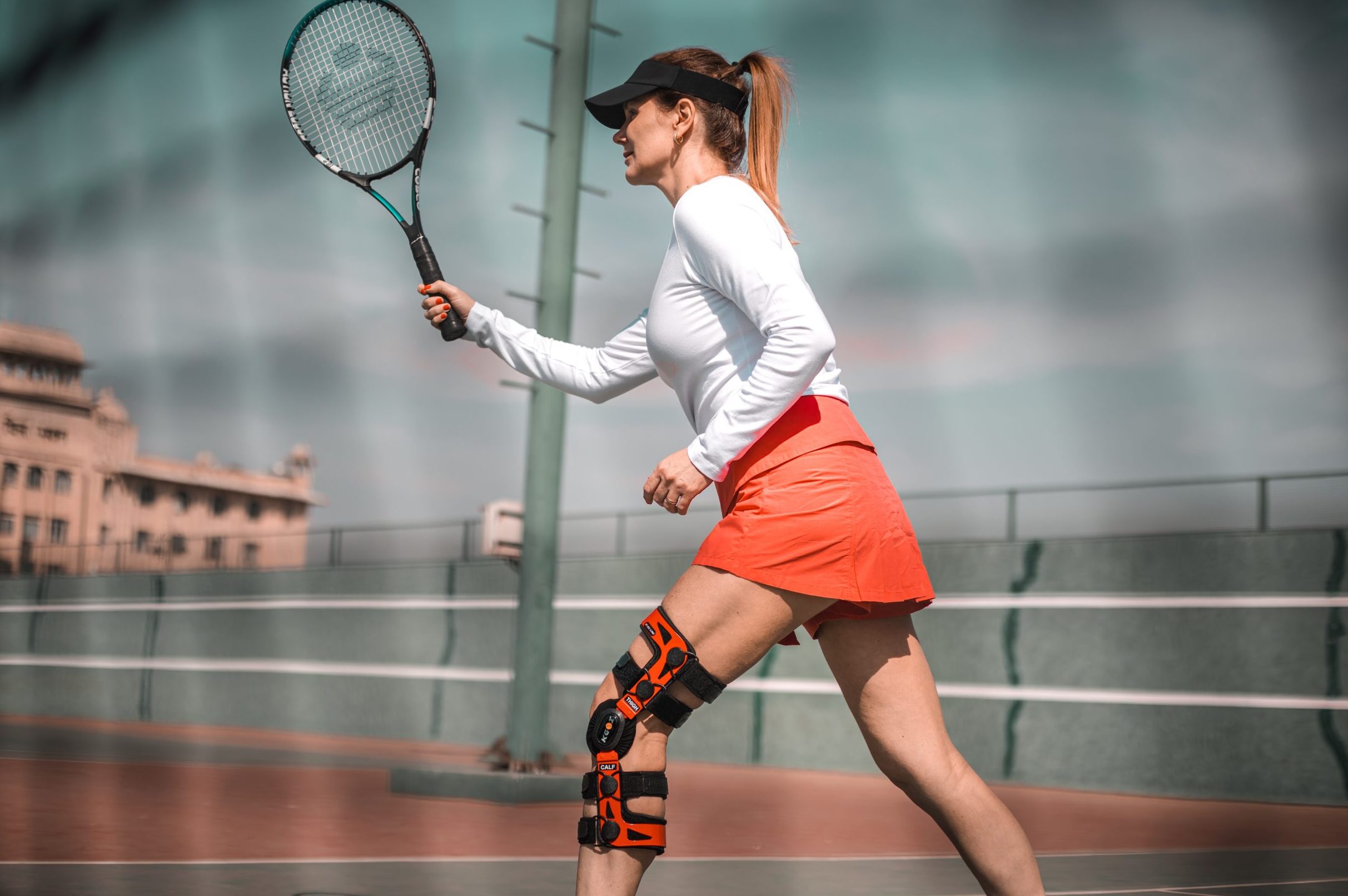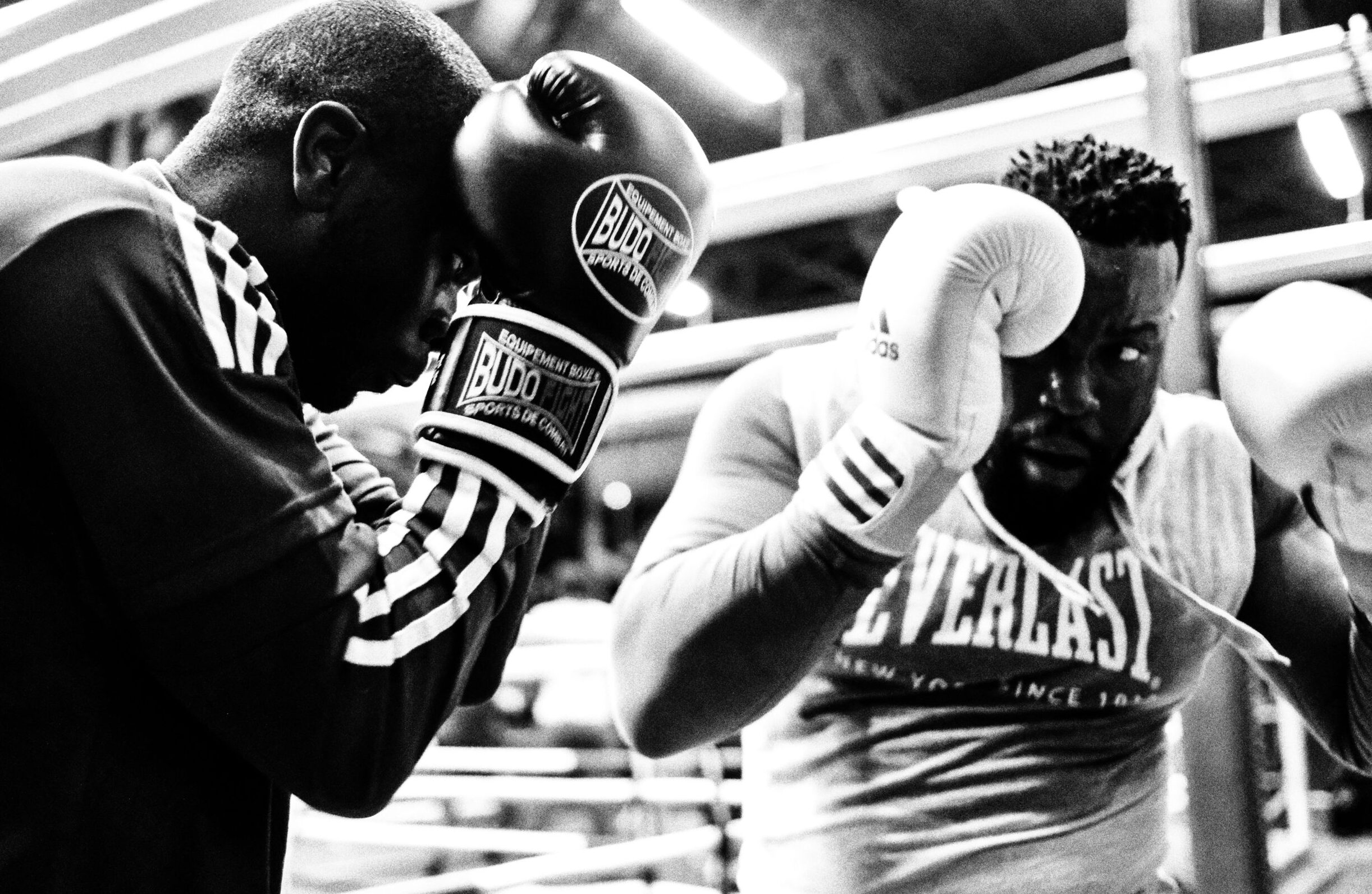Sports injuries are not only painful but can also be a major setback for athletes of all levels. Whether you’re a professional athlete or just enjoy playing sports for fun, it’s important to prioritize injury prevention. By taking the necessary precautions and wearing protective gear, you can significantly reduce your risk of getting injured on the field or court. In this blog post, we will explore the different types of sports injuries, provide valuable tips on how to prevent them, highlight the importance of wearing protective gear, and discuss what steps to take if you do get injured. So lace up your sneakers and let’s dive into this essential guide to staying safe while enjoying your favorite sports!
The Different Types of Sports Injuries
When it comes to sports injuries, there is a wide range of potential ailments that athletes may face. One common type of injury is strains and sprains. These occur when the ligaments or tendons are stretched or torn due to sudden movements or overexertion. Whether it’s a twisted ankle on the basketball court or a pulled muscle during a sprint, strains and sprains can be quite painful and require proper rest and rehabilitation.

Another prevalent sports injury is fractures. These occur when there is a break in the bone due to impact, such as from a fall or collision with another player. Fractures can vary in severity, ranging from hairline cracks to complete breaks that may require surgery for proper healing.
Concussions are also a significant concern in contact sports like football, rugby, and hockey. A concussion occurs when there is trauma to the head, resulting in temporary loss of brain function. It’s crucial for athletes who experience any symptoms of concussions – such as headaches, dizziness, confusion – to seek immediate medical attention.
Overuse injuries are another category commonly seen among athletes who engage in repetitive motions. This includes conditions like tendonitis (inflammation of the tendons), stress fractures (caused by repetitive impact), and bursitis (inflammation of fluid-filled sacs). Overuse injuries often develop gradually over time but can lead to chronic pain if not properly addressed.
Dislocations are yet another type of injury that athletes may encounter on the field or court. This occurs when bones within joints become displaced due to forceful impact or unnatural movement. Common areas prone to dislocation include shoulders, elbows, knees, fingers, and hips.
While these are just some examples of different types of sports injuries an athlete might face; it’s important always consult with medical professionals for accurate diagnosis and treatment options tailored specifically for each individual case.
How to Prevent Sports Injuries
Sports injuries can be a major setback for athletes of all levels. Whether you’re a professional or just enjoy playing recreational sports, it’s important to take steps to prevent injuries and stay in the game. Here are some tips on how to prevent sports injuries.
Warming up before any physical activity is crucial. This helps prepare your muscles and joints for the demands of exercise by increasing blood flow and flexibility. A dynamic warm-up that includes stretching, mobility exercises, and light cardio is recommended.
Maintaining good form while playing sports is essential in preventing injuries. Proper technique not only maximizes performance but also minimizes stress on your body. Learning the correct way to move and perform specific movements can greatly reduce the risk of injury.

Listening to your body is key in injury prevention. Pushing through pain or ignoring warning signs can lead to more serious issues down the line. If something doesn’t feel right during physical activity, it’s important to stop and assess the situation before continuing.
Additionally, staying properly hydrated throughout your activities can help prevent muscle cramps and fatigue which often contribute to injuries.
Incorporating strength training into your workout routine can help improve balance, stability and overall body strength – reducing the risk of common sports-related injuries such as sprains or strains.
By following these preventive measures consistently , you’ll be able to enjoy participating in sports without worrying about potential injuries holding you back!
The Importance of Wearing Protective Gear
When it comes to participating in sports, one of the most important things you can do to prevent injuries is wearing the appropriate protective gear. Whether you’re playing a contact sport like football or engaging in activities such as cycling or skateboarding, protective gear serves as your first line of defense against potential harm.
Helmets are essential for protecting your head from serious injuries. They can help reduce the risk of concussions and skull fractures that could have long-lasting effects on your health. It’s crucial to choose a helmet that fits properly and meets safety standards.
For sports involving physical contact or high-impact movements, pads are vital for safeguarding vulnerable areas like elbows, knees, and shoulders. These pads provide cushioning and support while reducing the impact on joints and bones during falls or collisions.
Mouthguards are another piece of protective gear often overlooked but highly beneficial for preventing dental injuries. They act as a shock absorber by distributing the force from an impact across the teeth and jaws, minimizing the risk of broken teeth or jaw fractures.
In addition to specific equipment tailored for each sport, don’t forget about proper footwear. Appropriate shoes with good traction can help prevent slips, trips, and ankle sprains on various playing surfaces.
Remember that wearing protective gear isn’t just about following rules; it’s about prioritizing your safety. By investing in quality equipment designed for your chosen activity, you’re taking proactive measures towards injury prevention – giving yourself peace of mind so that you can fully enjoy playing sports without unnecessary risks.
What to Do If You Get Injured
In the unfortunate event that you do get injured while playing sports, it’s important to know what steps to take in order to recover properly. Here are some tips on what to do if you find yourself dealing with a sports injury.
- Stop and assess: The first thing you should do when injured is to immediately stop whatever activity you were engaged in. Take a moment to assess the severity of your injury and determine whether it requires immediate medical attention or if it can be treated at home.
- Seek professional advice: If your injury is more severe or persists despite self-treatment measures, it’s crucial to seek professional medical advice from a qualified healthcare provider such as a doctor or physical therapist. They will be able to diagnose your condition accurately and recommend appropriate treatment options tailored specifically for your injury.
- Follow rehabilitation guidelines: Once diagnosed by a healthcare professional, make sure to follow their recommended rehabilitation plan diligently. This may include exercises aimed at strengthening muscles around the injured area, stretching routines for flexibility improvement, or even referral for specialized therapies like physiotherapy or chiropractic care.
- Take time off: It’s essential not to rush back into activities before you have fully recovered from your injury. Allow yourself enough time off from strenuous physical activities so that your body has ample opportunity to heal properly without risking reinjury.
- Supportive measures: In addition to following medical advice and allowing adequate rest time during recovery periods; using supportive measures such as braces or supports can provide extra stability and protection to the injured area, preventing further damage during physical activities
